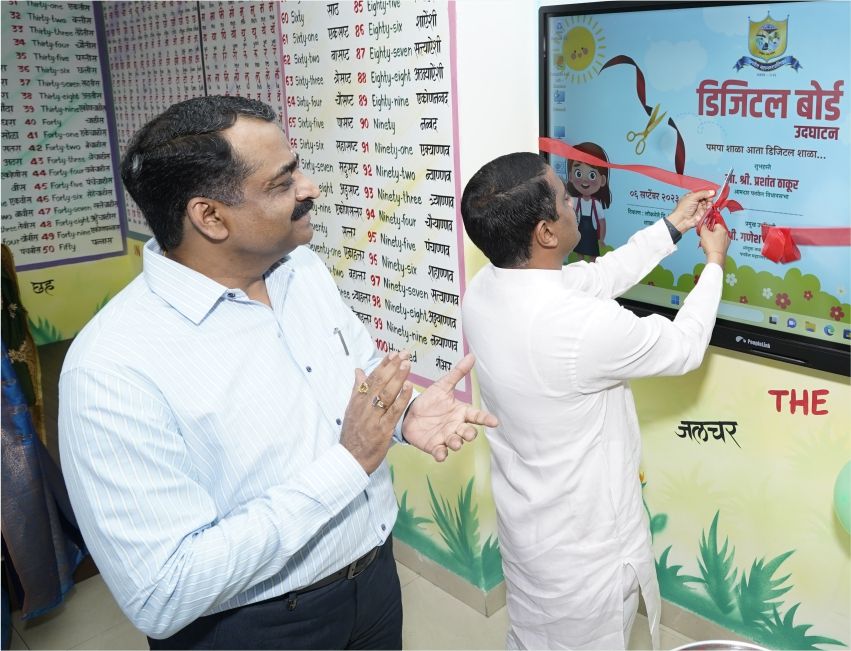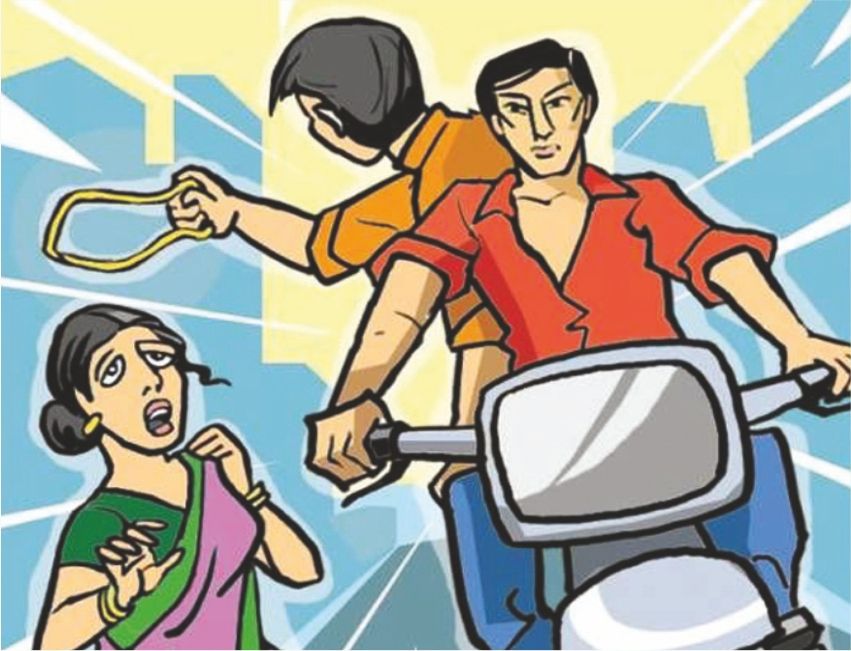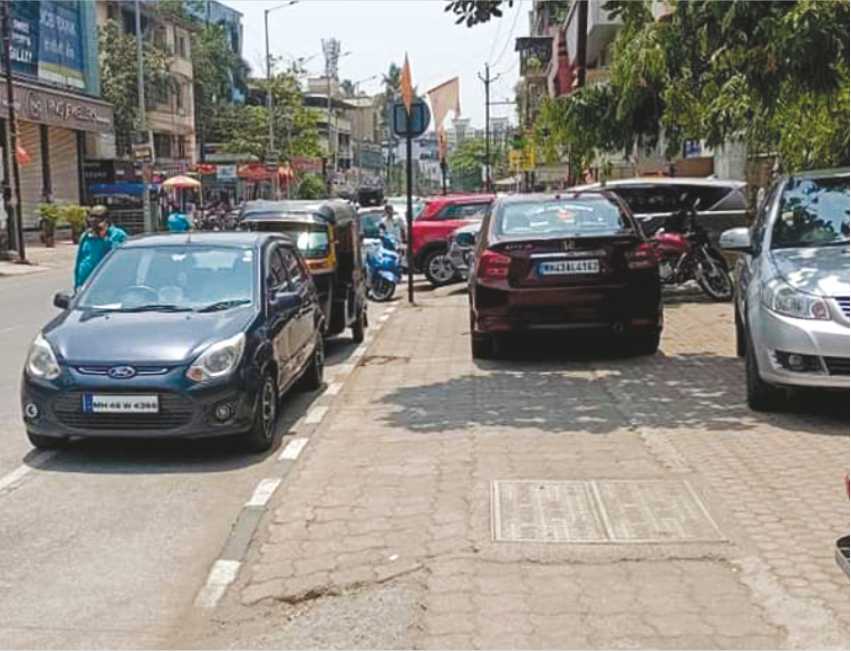India's gender gap worsens

- Varda Sharma
- 13 Jun, 2024
The recent release of the World Economic Forum's (WEF) Global Gender Gap index paints a concerning picture for India, which has fallen two spots to 129th place. This decline reflects broader issues within the country's socioeconomic and political fabric, demanding urgent and focused attention.
Despite various initiatives aimed at promoting gender equality, India’s performance in this year's index reveals significant setbacks. Particularly alarming is India's position among the economies with the lowest levels of economic equality. The inclusion of India alongside Bangladesh, Sudan, Iran, Pakistan, and Morocco in the list of countries registering less than 30 percent gender parity in estimated earned income underscores a persistent and troubling gap. This economic disparity is a major impediment to the overall progress of gender equality in India, affecting women’s financial independence and empowerment.
The report also highlights decline in the 'Educational Attainment' and 'Political Empowerment' parameters, with India slipping two spots from the 127th rank registered last year. Education and political participation are critical domains where gender parity can drive broader societal changes. The decline in these areas is particularly disheartening, as they are often seen as foundational pillars for achieving long-term gender equality. The setbacks in educational attainment could have far-reaching implications, limiting opportunities for women in various professional fields and perpetuating cycles of inequality.
Moreover, the political empowerment of women in India continues to be a challenging area. While India secured the 65th rank globally in political empowerment, the overall decline in this parameter indicates that there is still a long way to go. Political participation is not only about representation but also about influence and the ability to affect change. Without significant improvements in this area, the progress towards gender equality will remain stunted.
However, it's not all bleak. There are areas where India has demonstrated commendable progress. For instance, India has achieved the highest gender parity in secondary education enrolment. This is a critical achievement, as education is a powerful tool for empowerment and can pave the way for greater economic and social participation. The focus on secondary education enrolment signifies that more girls are being given the opportunity to complete their education, which can have positive ripple effects across various aspects of their lives.
India also performed well in the political empowerment of women over the past 50 years, securing the 10th position globally with respect to parity in the number of years with female/male heads of state. This historical perspective indicates that India has had moments of significant female leadership, which could serve as an inspiration and a benchmark for future progress. Additionally, the report notes improvements in 'Economic Participation' and 'Opportunity' scores, with India's economic parity score showing upward trends over the last four years. These positive trends suggest that concerted efforts in certain areas are beginning to yield results, albeit slowly.
The WEF report serves as a crucial reminder that while there have been some gains, the overall progress towards gender parity remains slow and incremental. As WEF Managing Director Saadia Zahidi aptly noted, the findings underscore the urgent need for a renewed global commitment to achieving gender parity, particularly in economic and political spheres. For India, this means addressing the deep-rooted structural and cultural barriers that continue to hinder women's full participation and empowerment.
One of the immediate steps India can take is to enhance policies that promote economic equality. This involves not only ensuring equal pay for equal work but also creating more opportunities for women in various sectors, including those traditionally dominated by men. Additionally, targeted interventions to support women entrepreneurs and small business owners could help bridge the economic gap.
In the realm of education, while secondary enrolment rates are promising, there needs to be a sustained effort to ensure that girls not only enrol but also complete their education and transition into higher education and the workforce. This requires addressing barriers such as early marriage, safety concerns, and socio-cultural norms that discourage girls from pursuing education.
Political empowerment requires both increasing the number of women in political positions and ensuring they have the influence to effect change. This can be achieved through quotas, mentorship programs, and initiatives that encourage women to run for office and participate in political processes.




